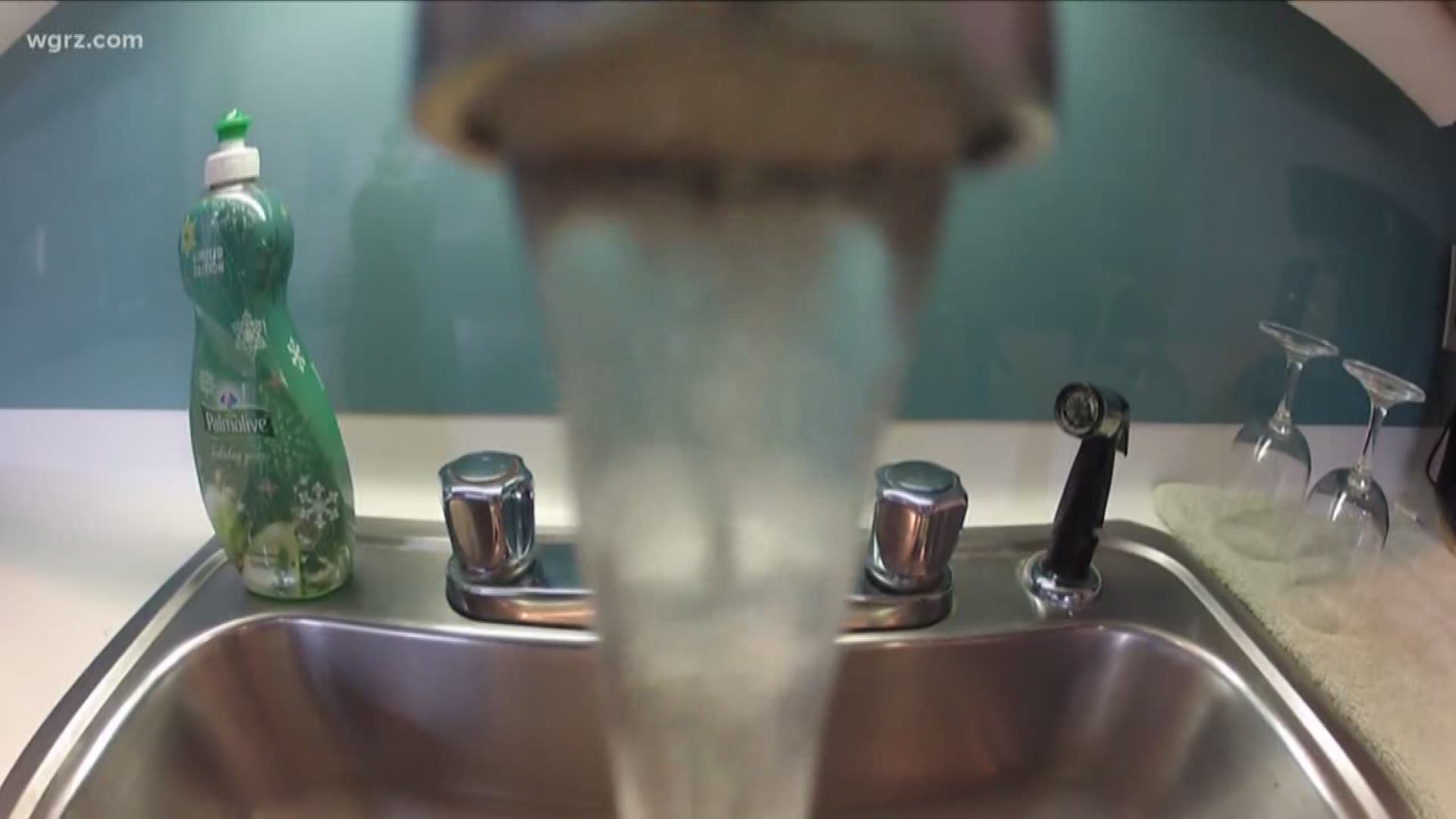BUFFALO, N.Y. — A new report on contaminants in public drinking water systems may cause alarm in some parts of the state-- but not so much in Western New York.
The 32-page report from New York Public Interest Research Group entitled “What’s in My Water?” looks at emerging contaminants in drinking water systems throughout the state.
“Emerging contaminants are compounds within out surface waters and groundwater, which the Environmental Protection Agency (EPA) feels have the potential to cause ill health effects in humans and animals,” explained Sabrina A. Figler, Director of Water Quality for the Erie County Water Authority (ECWA), the largest public water system serving Western New York.
The report shows one or more of these emerging contaminants were detected in 176 drinking water systems across the state, which supply some 16 million New Yorkers.
The data is based on samples taken anywhere from four to five years ago, the most recently available from the EPA.
In Western New York, the most commonly detected contaminants, are also ones which naturally occur in the environment.
Strontium (which was also the most frequently detected emerging contaminant across the state) and which has been linked to bone cancer; Chromium and its industrial derivative Chromium 6- which can cause skin burns or breathing complication; and Molybdenum, used to make iron and steel and which has been linked to birth defects.
However, the report stresses that, “the mere existence of an emerging contaminant in a drinking water supply does not necessarily put a consumer’s health at risk.”
Indeed, none of these most commonly occurring contaminants were detected at levels exceeding EPA Health Guidelines, at either the water supplied by the ECWA or the Buffalo Water Authority.
Among areas across the state, Long Island had the cause for most concern, according to the report. New York City the least.
Added Figler, “We test the water seven days a week…including the surface waters (from which the ECWA draws), the water leaving the plants, and in the distribution system.
NYPIRG also noted, however, that tests for emerging contaminants are only required for water systems that service more than 10,000 customers, leaving millions of state residents- who rely on water from smaller systems or private wells, with no idea what’s in their water.
Perhaps most alarming, according to the report, is that despite passage by state lawmakers of a bill calling on testing for all water systems in the state, the state Department of Health –some two years later- has yet to implement any portion of the law.
If you want to find out more about the tests conducted on the water system supplying your home, head to the NYPIRG Drinking Water Profiles page, where you can type in your zip code to find regulated and unregulated contaminants identified in drinking water supplies through test results.

